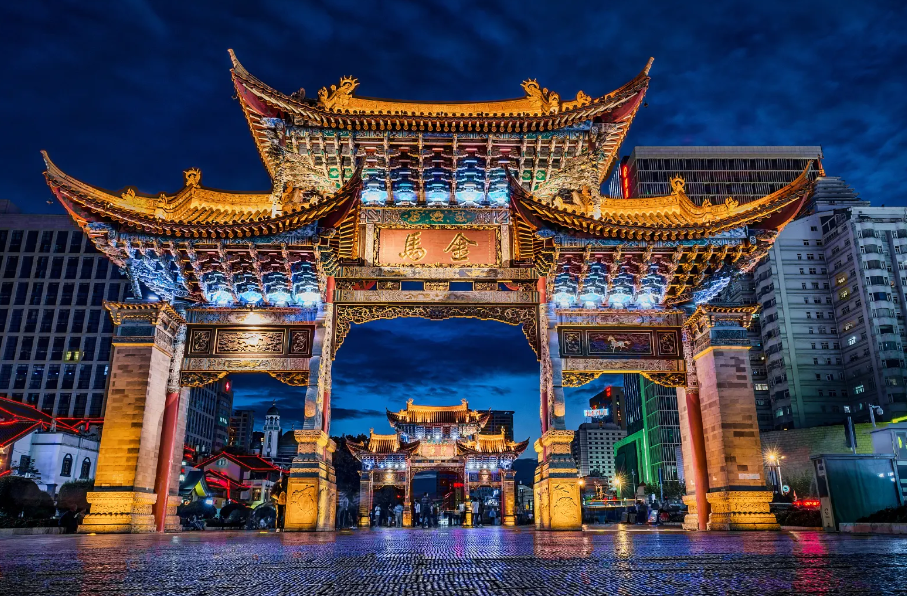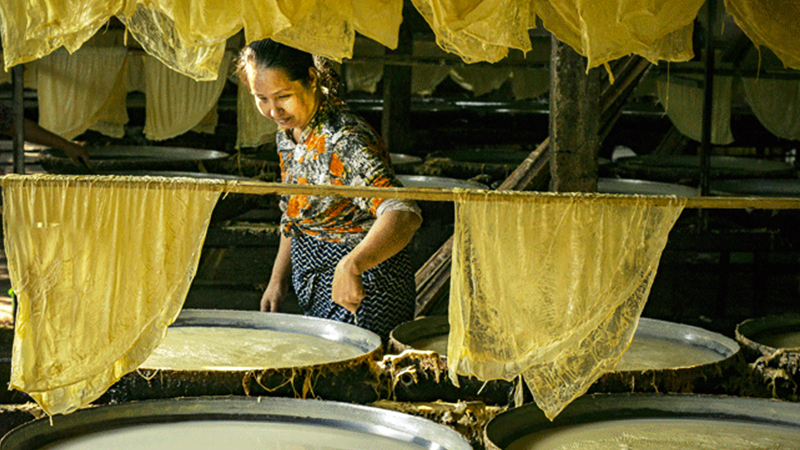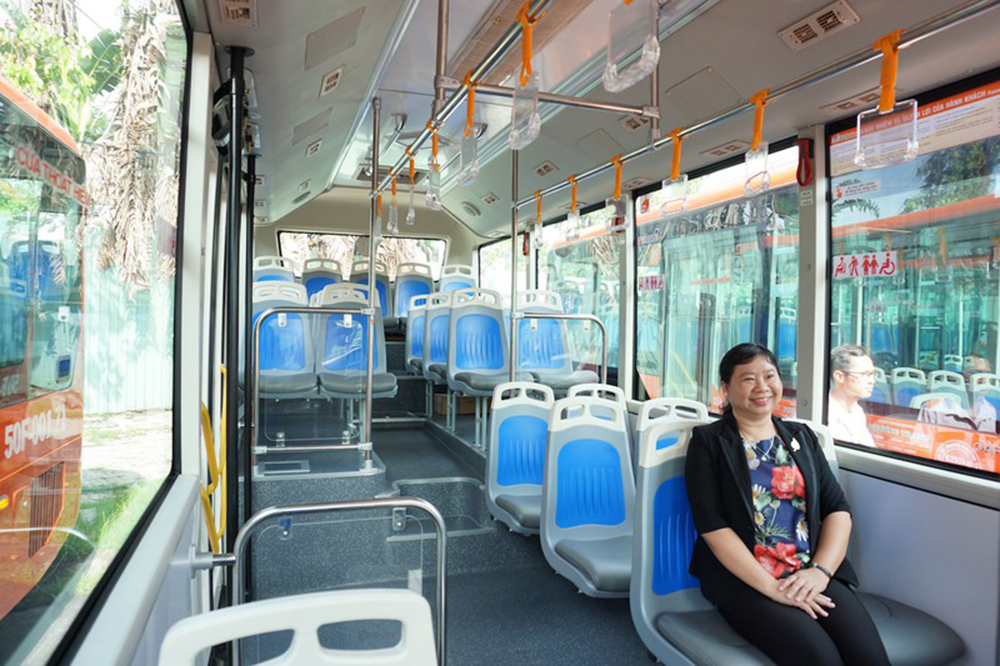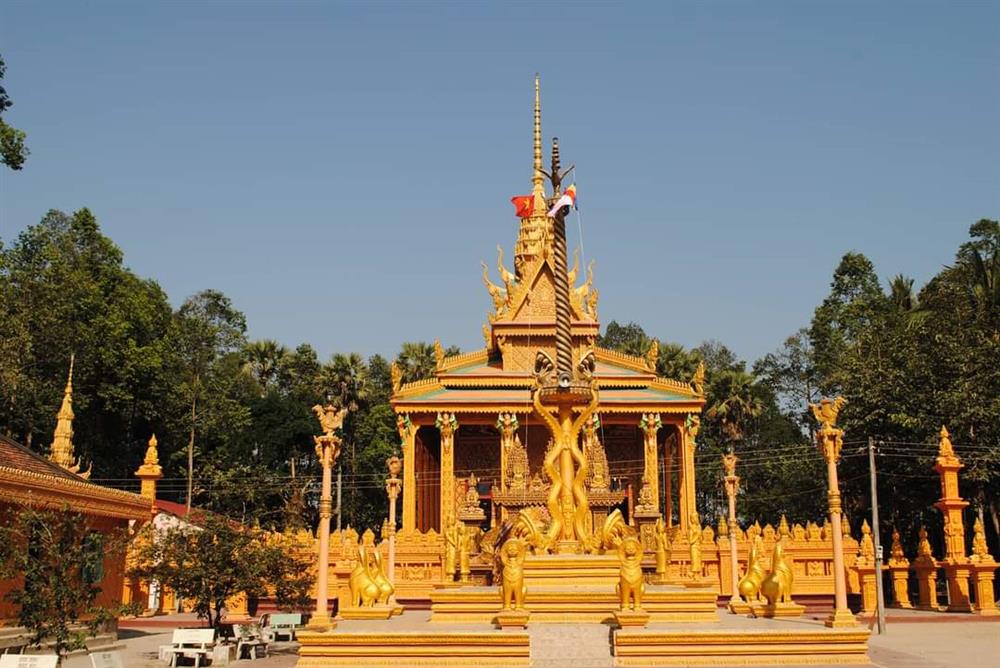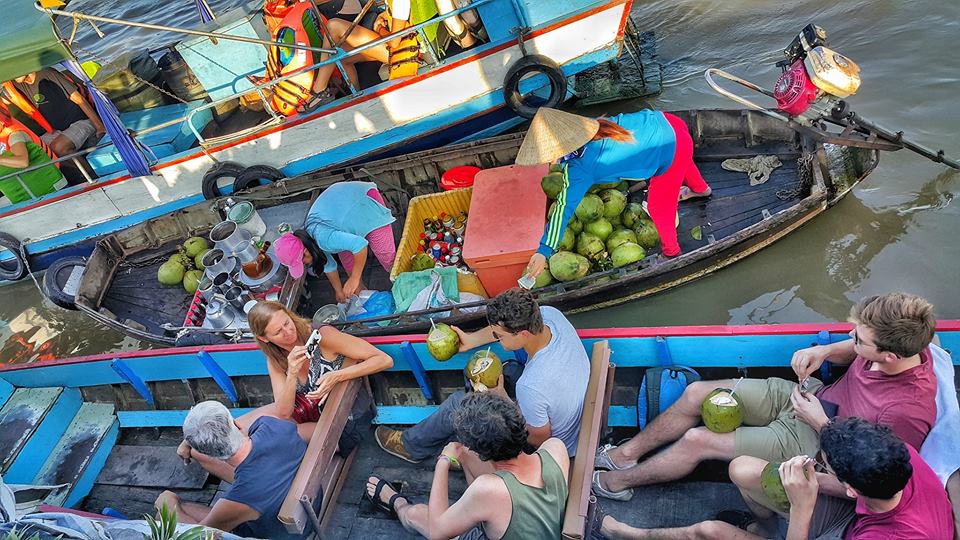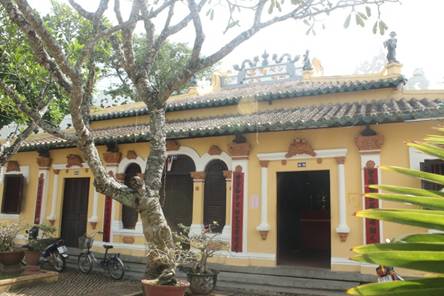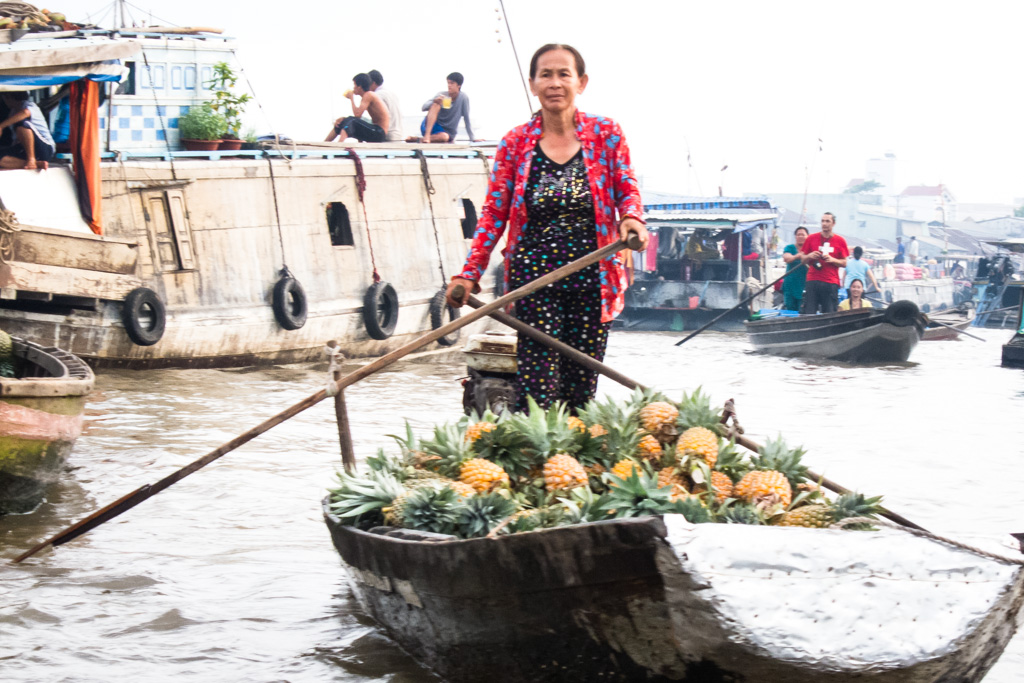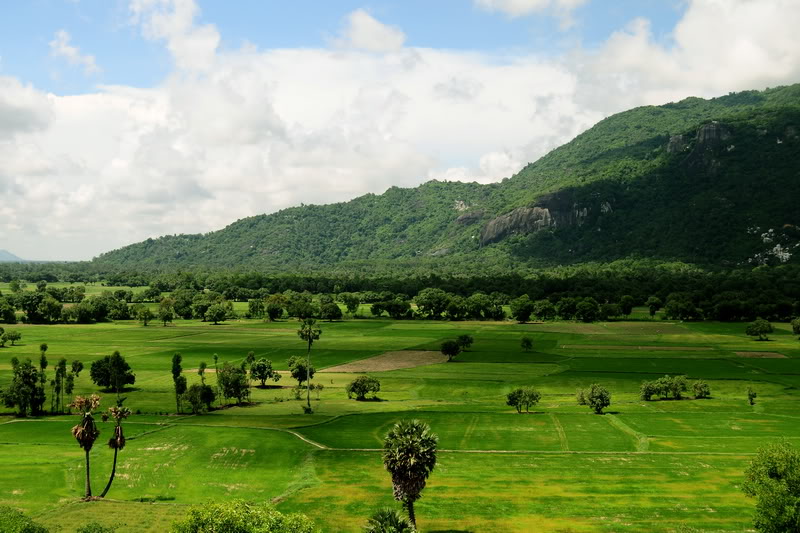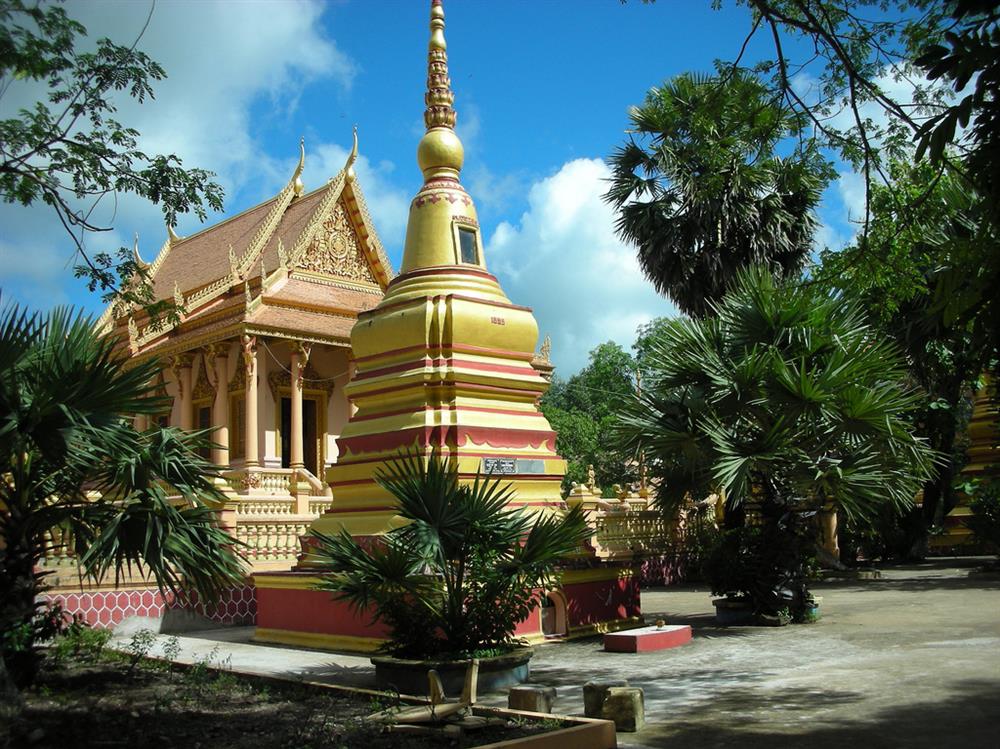BEST TIMES TO VISIT CON DAO ISLAND?
In March to the end of September, Con Dao's Island wave is quite stable, although it is the early of rainy season, but the rain in Con Dao this time lasts no longer than 1 hours, the other days are still sunny. This time is suitable for beach holidays, snorkeling and coral reef exploration. This is also the season of Con Dao Island Turtle laying eggs and turtle hatching, thus making it is favorable time to visit Con Dao Island.
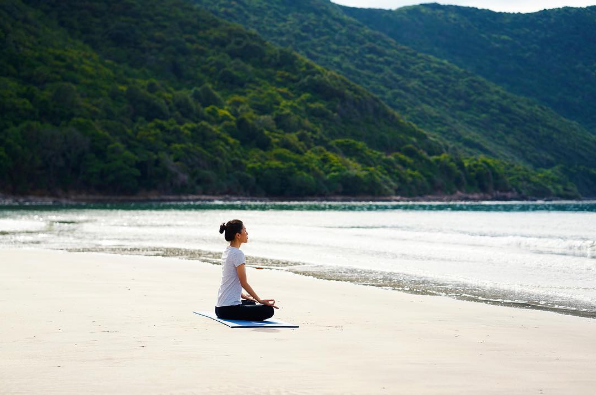
In October to the end of February, due to the North East wind, the sea of Con Son Island usually has large waves, but in the West and Southwest of the island, the sea surface is still soft and less affected by wind waves. You can go to Dam Trau Beach, New Light Beach and enjoy swimming here. If possible, you can rent a boat to explore Big HonTre & small HonTre Islands. These are two islands that preserve unspoiled beauty and are home to a great many coral reefs and colorful reef fish.
In general, Con Dao Island is a suitable destination for all time of the year, this beautiful island has been associated with the type of spiritual tourism and is also a destination for experiencing the rare nature and wonderful laid back holiday.
1. BAY CANH ISLAND
Hon Bay is the second largest island of the 16 islands in the Con Dao Islands.
Located in the East of Con Dao, Hon Bay Canh is covered by primary forest, mangrove forest in tropical island ecosystem with 882 species of plants and nearly 150 species of animals. At this point, you will have the opportunity to dive into the coral reefs, fish and other marine life in coral reefs.
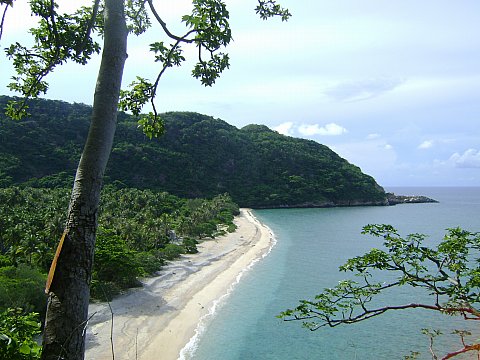
There are a variety of types of coral species with different patterns like coral plate, table type, branch, block They are all in the Red Book of Vietnam. In addition, Hon Bay Canh has rich marine resources with dolphins, blue turtles, sea cows, rock snails, scalloped eared clams, sea cucumbers, butterfish, brain corals.
One characteristic of Hon Bay is the mangrove ecosystem. Con Dao mangrove forest is distributed mainly on the surface of dead coral reef, sand and soft clay. This is also the difference of Con Dao mangrove forests, so when tidal water is withdrawn, you can still walk easily in the forest, not as muddy as other places.
At night, you also learn about the life of a crayfish only in Con Dao that people used to call "tank crab". The crabs are very shy, just listen to the rustling of people walking on the ground, then they will hide.
This is the largest crab fish in Vietnam with a length of carapace up to 10cm, one leg and the other is small but strong, strong enough to rip the leaves and eat the plants. One special thing about this species is that when the legs break, they can grow back. Scientists are still in the process of research and identifying this particular species.
2. DAM TRAU BEACH
Considered as the most beautiful beach Con Dao, Dam Trau beach is located 12 km northwest of Co Ong airport. From Con Dao town center, it takes about 30 minutes to get to Dam Trau by motorbike or car. It is famous for its soft white sandy stretches, pristine forests with lush greenery and cliffs with unique shapes. At Dam Trau beach, visitors can enjoy the beach, enjoy the beautiful scenery or dive into the coral.
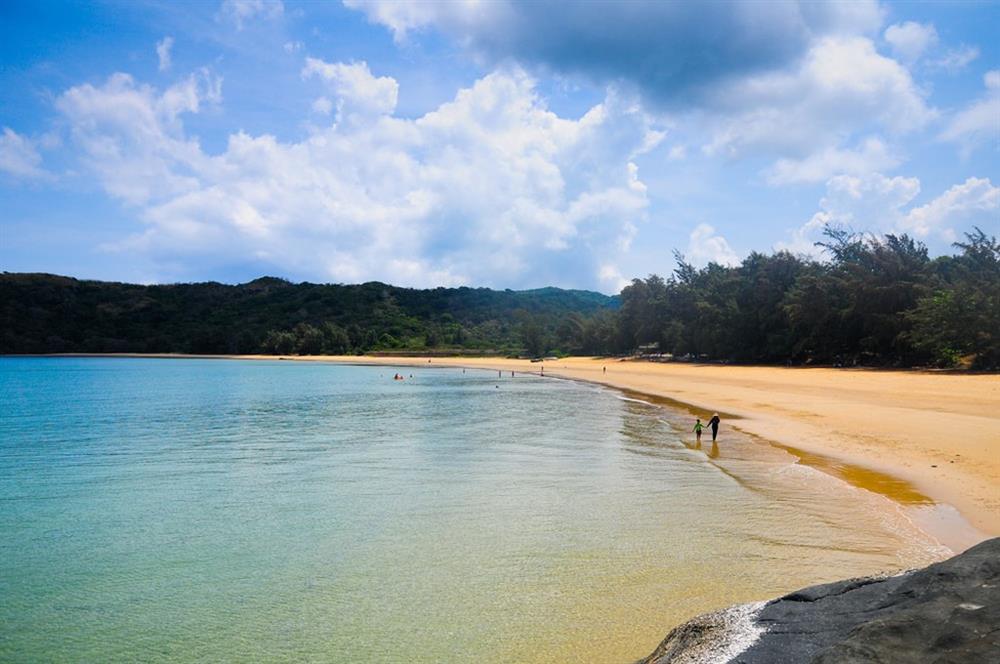
3. BAI SUOI NONG (HOT SPRINGS)
The Hot Springs is a beautiful beach in Con Dao. From Dam Trau beach, visitors can cross a short jungle road to reach Suoi Hi Beach. It still remains unspoiled and unaware of the flat white sand and a rare mangrove ecosystem on the other islands.
4. CON DAO MUSEUM
Con Dao museum is built on 2 hectares of land, with a construction area of 3,570 square meters, especially with an exhibition area of 1,700 square meters both indoor and outdoor, promising to bring tourists the marvelous experience about Vietnamese histories from the part in Con Dao.
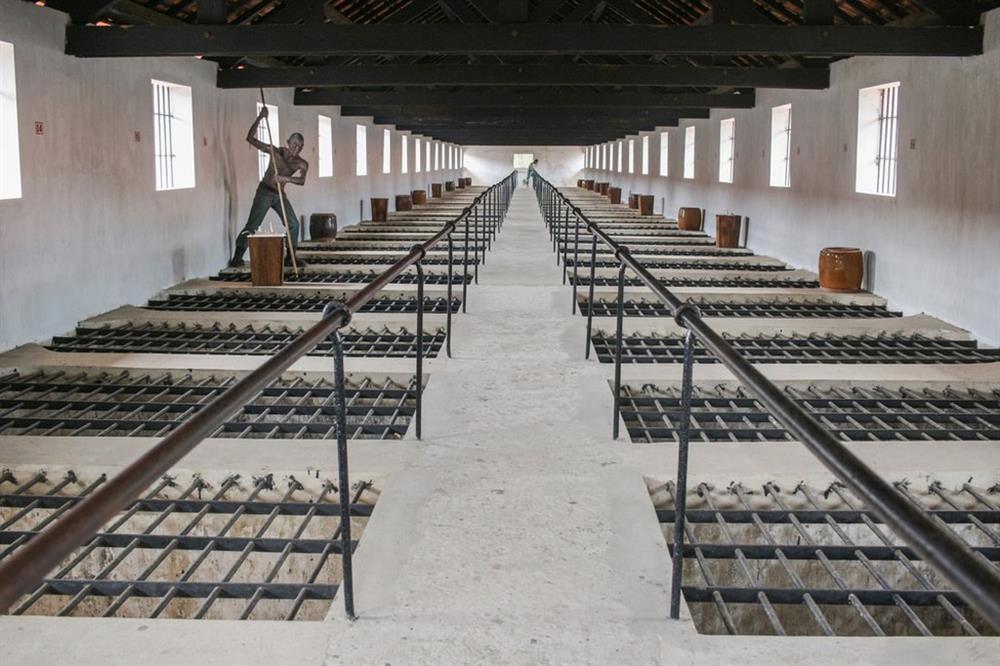
The Museum space has also introduced with collections of archaeological artifacts in Con Dao such as excavation holes of Cau island’ ancient village, Ba Con Island grave, or geographic location displays and so on. Otherwise, Con Dao Museum is the place to store, recreate and preserve the historical relics of revolutionary soldiers so that tourists will able to feel and understand more about Vietnamese indomitable heroes with their patriotic hearts.
5. CON DAO NATIONAL PARK
Con Dao National Park covers a total area of 5,998 ha (mountainous and forestry section), among which forested land occupies 4,905 ha, bare land occupies 622 ha and other land occupies 471 ha. Among forested land area, the broad-leaved forests occupy 4,778 ha, bamboo forests occupy 109 ha and mangrove forests occupy 18 ha. Its islands are covered with forestry vegetation to 92% of their natural area, from the sea level to the highest point of the mountain.
6. CON DAO PRISON
The prison system was built by the French colonists to detain and torture political prisoners who triggered the danger to the French colonial regime. This place locked up Vietnamese patriots and many key political cadres who fought against the colonial government. Con Dao Prison system used to detain and exile nearly 2,000 revolutionary fighters.
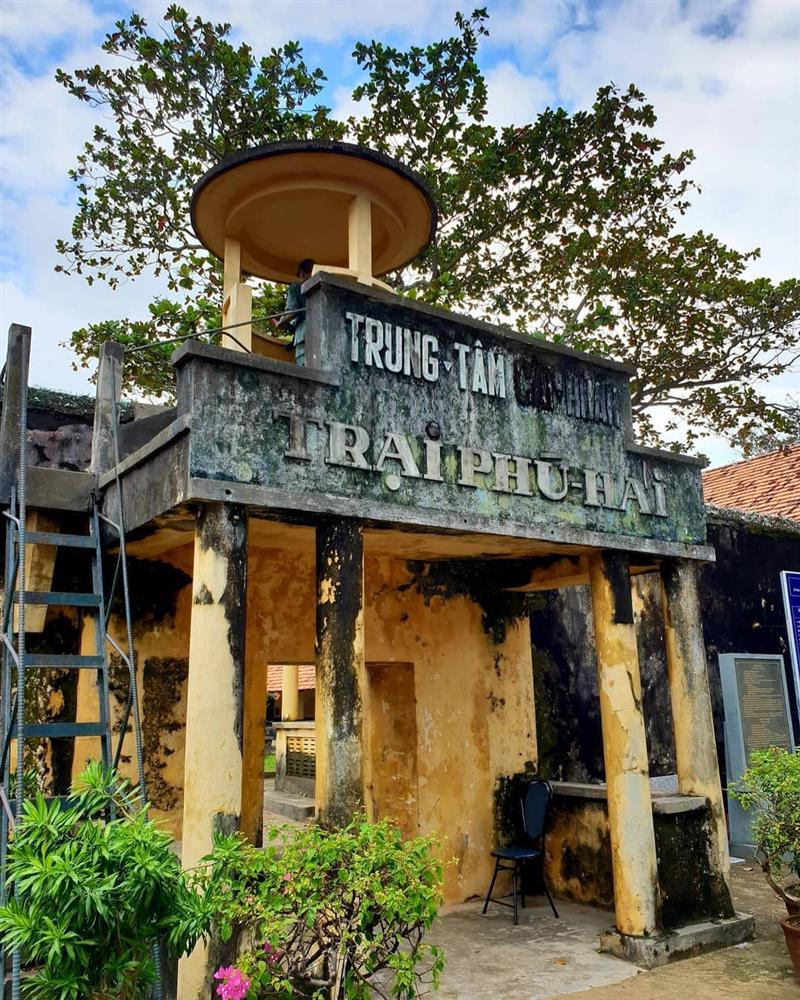
Visiting Con Dao Prison, all images of a severe prison with tiger cages, byre, farms, Phu Hai Prison, Ma Thien Lanh Bridge, and limekiln area...appear along with the brutality of the colonialism and imperialism. Indeed, when visiting these prisons, you might be shuddered when witnessing hot and stuffy cells with the forms of slavery, most grisly tools of torture applied for people by people.
7. HANG DUONG CEMETERY
Hang Duong Cemetery is one of the must-see tourist attractions in Con Dao. The cemetery is one of the oldest martyrs cemeteries in Vietnam. Since the date of the French occupying Con Dao in 1861 and founded prison to imprison, exile, torture and murder tens of thousands of revolutionary fighters, Hang Duong Cemetery was officially born.

In this cemetery, there are 1,913 graves divided into four zones, namely A, B, C, D zone. A, B and C zones are home to old burial grounds, whereas zone D is used for new graves. Of the 1,913 graves in the cemetery, there are only 793 graves retaining specific addresses and names of the martyrs, the rest are anonymous graves. In 1992, Hang Duong Cemetery was embellished with the current scale. In 2005, the monument at the cemetery was officially inaugurated.
Source: Internet








